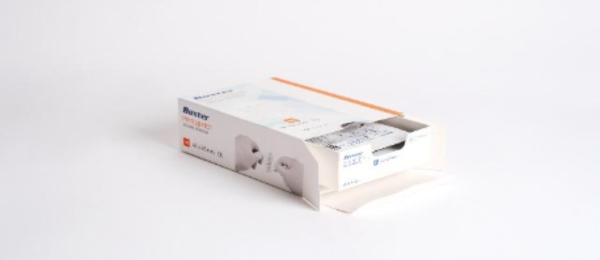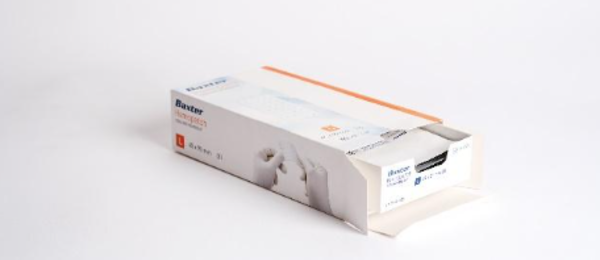Hemopatch Sealing Haemostatic
The Sealing Haemostat for Sustained Results
Why Choose Hemopatch Sealing Haemostat?
Reduce Post-Operative Complications
Hemopatch Sealing Haemostat may decrease post-operative pancreatic fistulas, CSF leakage, and can help avoid transfusions in cardiac surgery as compared to the standard of care. Reducing these post-operative complications may result in substantial cost savings.1-5*
*Transfusions: Hemopatch Sealing Haemostat 23.5% vs Comparator 34% (p=0.24)


